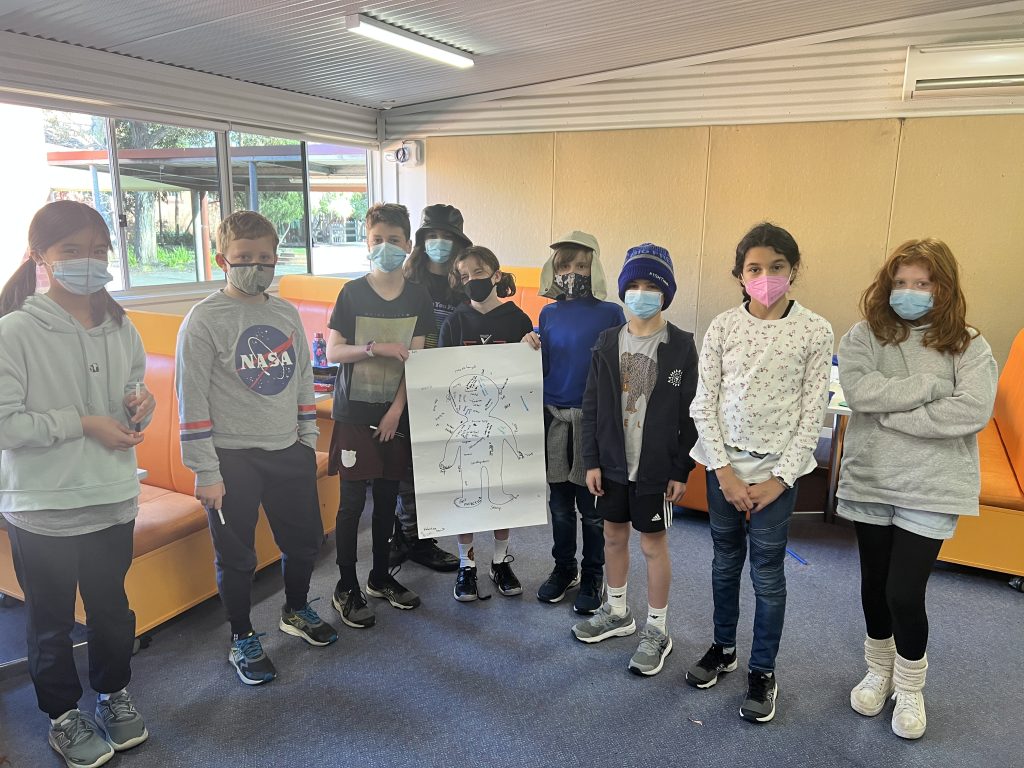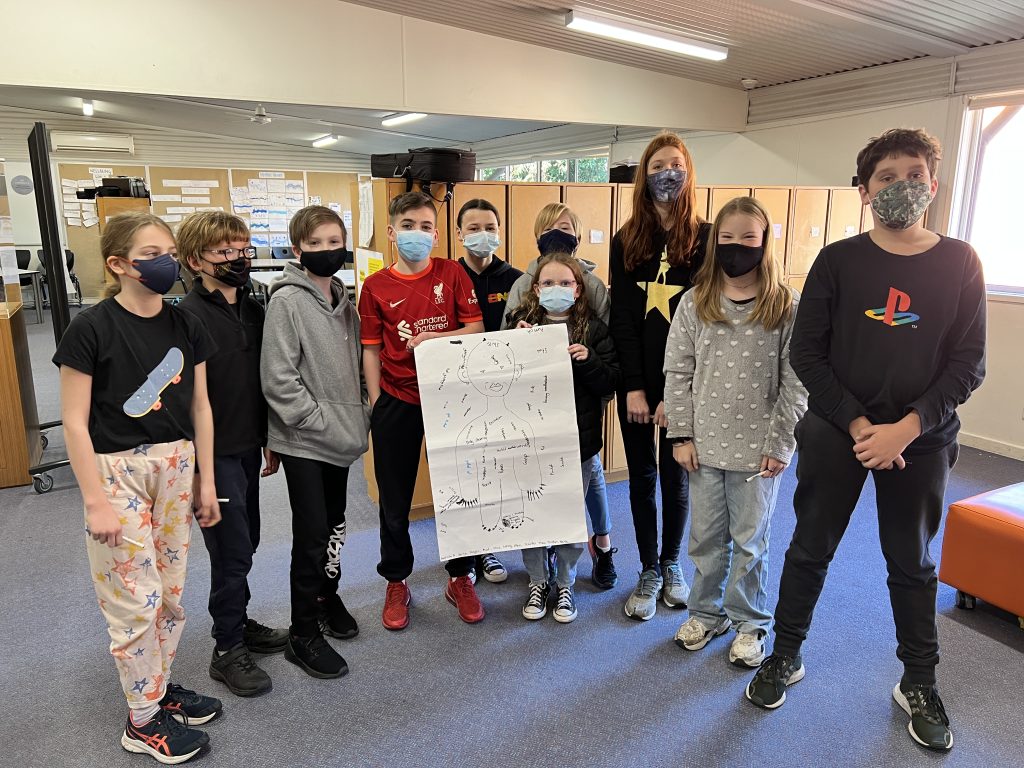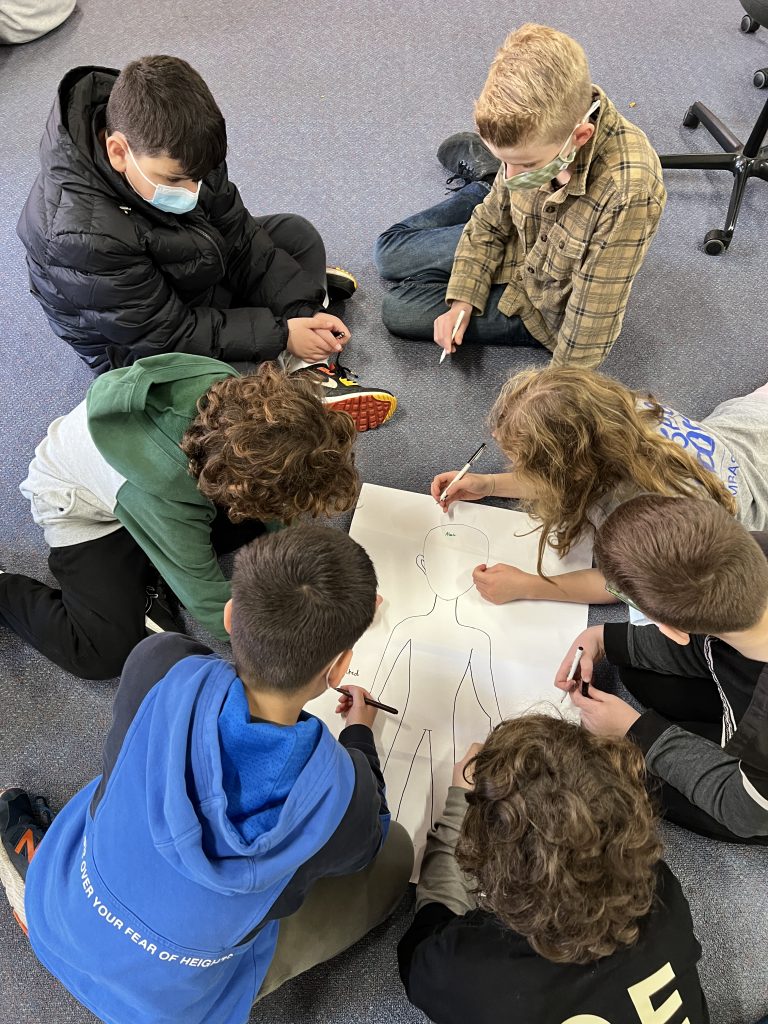We can’t have a world without characters!
The development of characters has been taking place over the last two weeks where the students explored ways to reveal all about their characters. They discussed knowing their characters’ history and how they could slowly reveal that history in subtle and purposeful ways. Through doing this, students have created unique habits, developed secrets, thought about the desires, fears, and wounds, the friends, and family of their character. Students have also been looking at ways they can use dialogue to build tension with characters.
Christos – It is ok to be inspired by characters from well-known texts and movies, just change up what we want to to make the character our own.
Valentina – It is really fun to take the time to create detailed characters that are like real people.
Cleo – It is ok for the character not to be perfect; it needs some sort of fault for it to exist in the world.
Claudia – It has been amazing learning how to make a detailed character; we have had to focus on the little things like the habits because that can help us to understand the character’s personality.
Gabe – It is great to see my character forming before my eyes.
Raff – It is great to see how my character has changed throughout the writing worlds inquiry.
The provocations have been supporting students to develop their characters. Exploring mannerisms, finding ways to evoke feelings and memories with the reader, finding ways to explore the power dynamics between characters and how they make a difference to scenes.
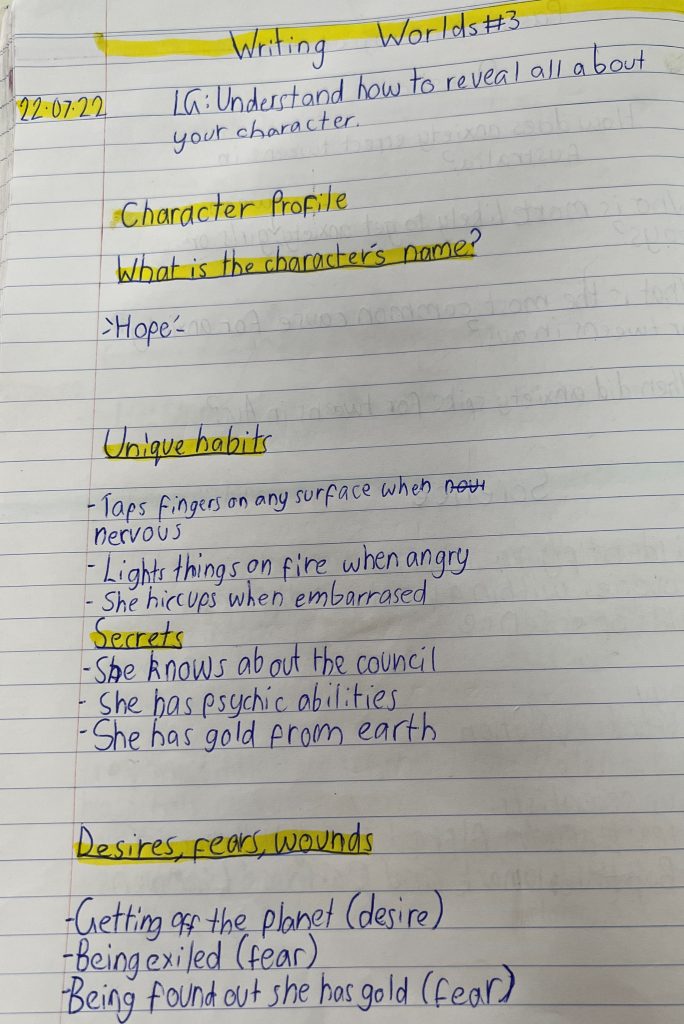
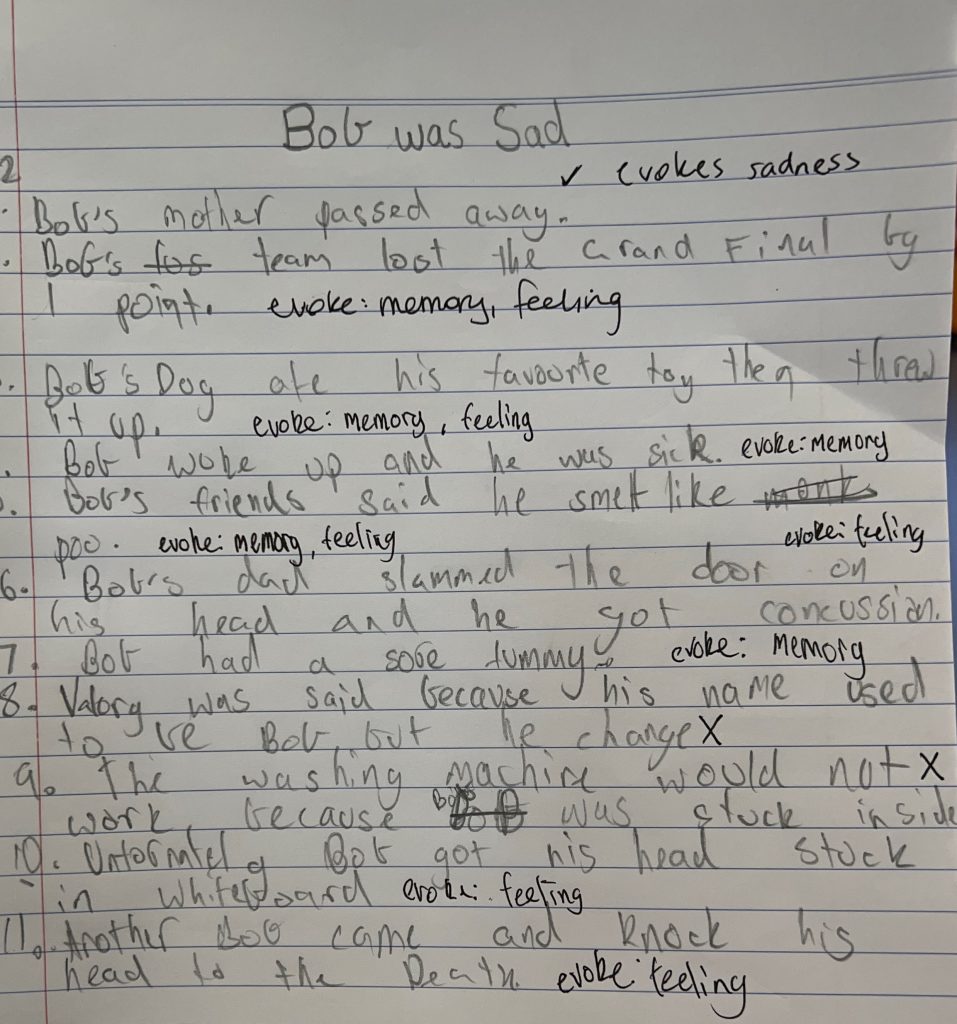
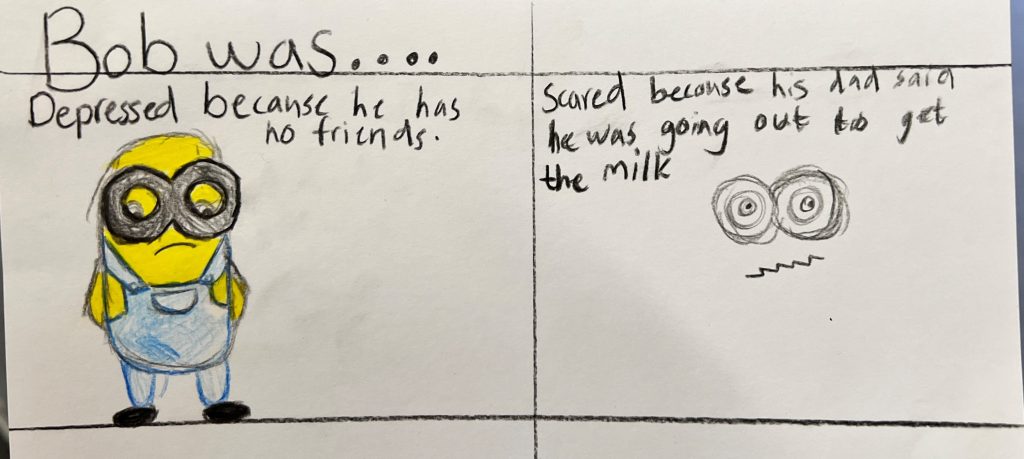
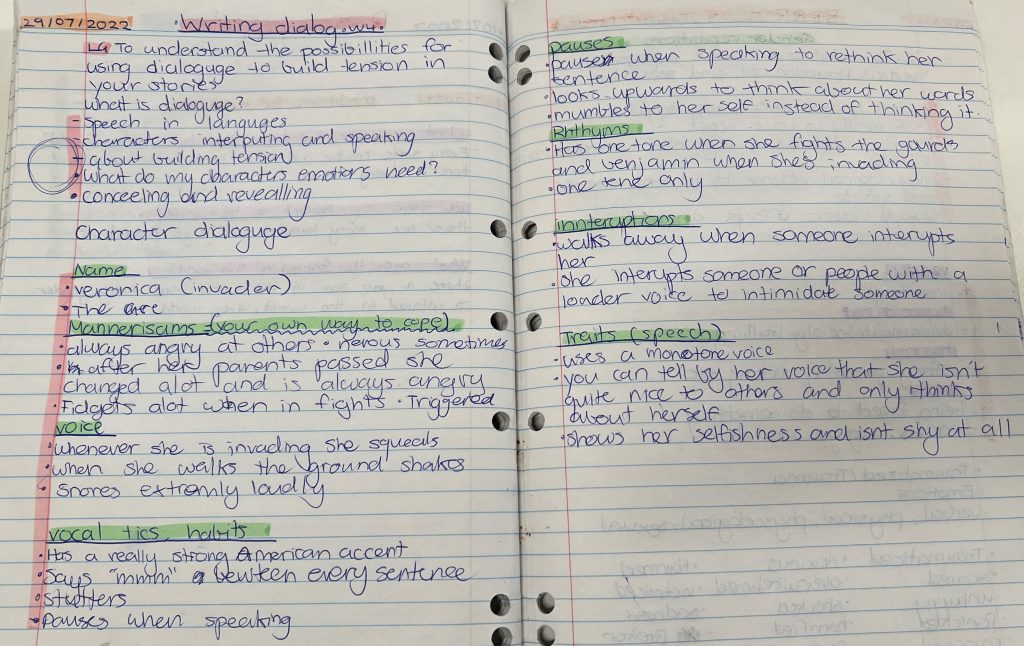
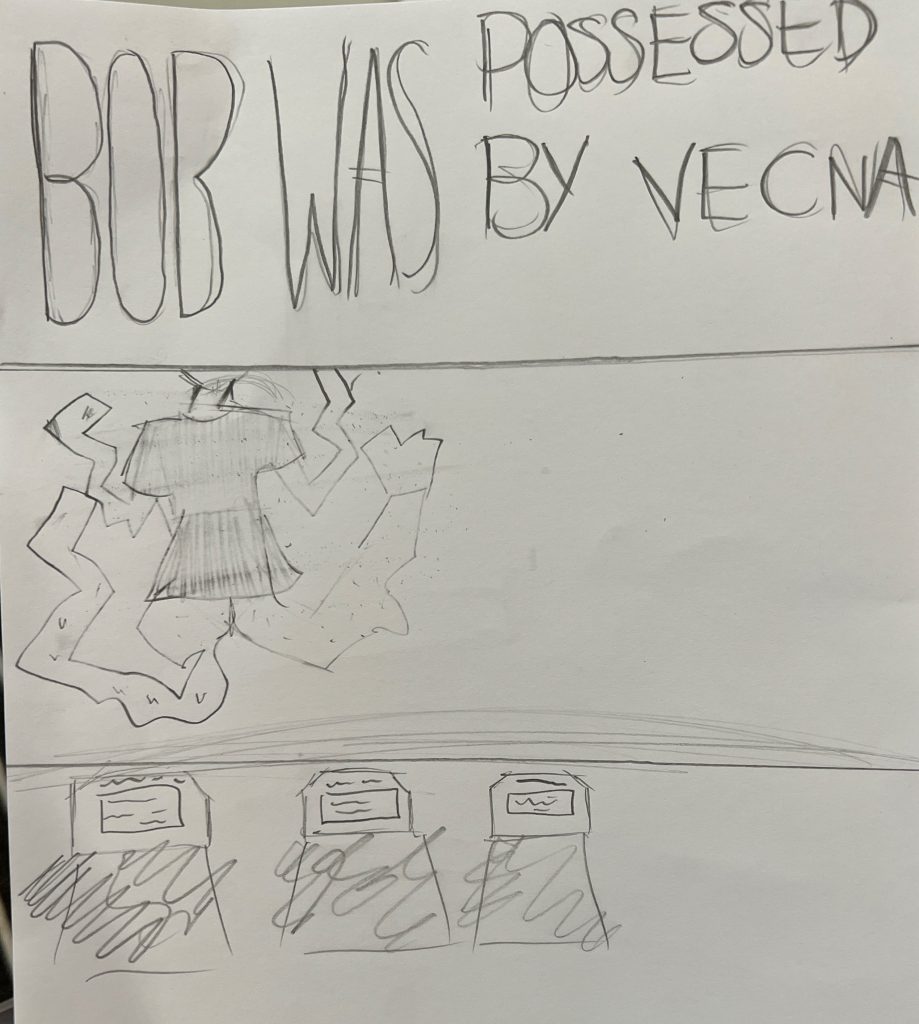
Wellbeing – Positive Gender Relations
Background to the program:
The Royal Commission into Family Violence identified the critical role that schools and early childhood education have in creating a culture of respect to change the story of family violence for future generations.
https://www.vic.gov.au/respectful-relationships
The aims of module 8 of the Resilience, Rights, and Respectful Relationships program are as follows:
- Identify different manifestations of gender-based violence, including physical, verbal, psychological and sexual, and the ways in which these types of violence can play out in face-to-face and digital environments
- Explore the relationship between negative gender norms and acceptance of gender-based violence
- Identify and practice behaviours that demonstrate respect and recognition of the rights of others within interpersonal relationships
- Demonstrate use of protective and assertive behaviours that can be used to maintain safety or dignity in situations involving gender based violence
- Demonstrate proactive peer support and help seeking strategies that can be used in response to instances of gender-based violence.
Students begun to unpack definitions for physical, verbal, psychological, and sexual violence. They collaborated in groups to identify if these types of violence happen to us on the inside or outside of our body, with discussions focusing around the fact that a lot of the time it is both.
